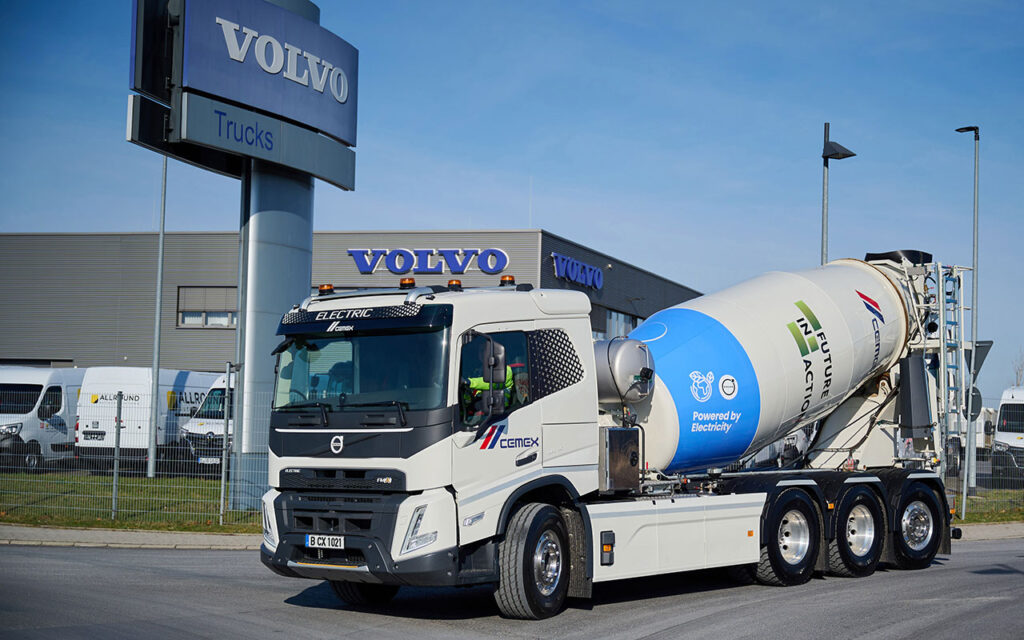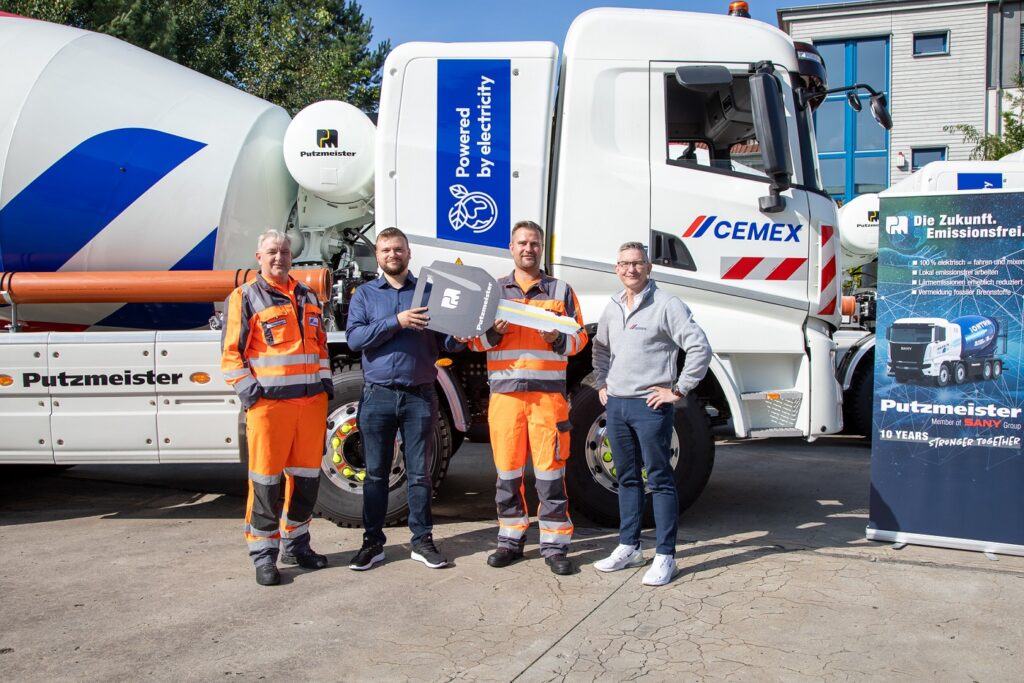Cemex, the multinational leader in building materials and construction solutions, is accelerating its sustainability agenda with a major investment in electric ReadyMix trucks across its Europe, Middle East, and Africa (EMEA) region. This bold move is part of the company’s broader commitment to decarbonising its supply chain and achieving net-zero CO₂ emissions by 2050 under its ambitious Future in Action strategy.
Electric mixer trucks were first introduced into Cemex’s fleet in 2023, beginning with operations in Germany and the United Arab Emirates. Following a successful initial rollout, marked by positive performance results, operational efficiency, and strong feedback from communities and drivers, the company has since expanded its electric fleet into several additional key markets. These include France, Poland, the Czech Republic, and Spain. Germany, where the initiative began, has continued to build on its early momentum by adding seven new electric trucks to its fleet in the first half of 2025 alone.
The electric ReadyMix trucks represent a significant leap forward in sustainable logistics. They are capable of reducing carbon emissions by up to 100% when powered by renewable energy sources. Furthermore, their ultra-quiet operation drastically lowers noise pollution, an increasingly important consideration in dense urban environments where construction activity often clashes with local quality of life. These trucks help Cemex strike a balance between industrial productivity and community harmony, making it possible to conduct construction-related transport in a manner that is cleaner, quieter, and more socially responsible.
Beyond environmental benefits, the electric trucks are also designed with advanced safety features and retain the full operational capacity of conventional diesel-powered mixers. This means there is no compromise on productivity, even as the company embraces more sustainable technologies. With enhanced safety, reduced emissions, and lower noise levels, these trucks exemplify how smart infrastructure investments can deliver value on multiple fronts, environmental, social, and economic.
“Transport is one of the key areas where Cemex is working to reduce its CO₂ emissions, which is why we are investing heavily in electric mixers across our EMEA operations,” said Matthew Wild, Vice President of Supply Chain and Procurement for EMEA. “By incorporating renewable energy sources and low-emission technology, we are able to offer more sustainable solutions for the delivery of ready-mix concrete, while also being a better neighbour and a more responsible user of road infrastructure.”
Cemex’s transition to electric mobility is part of a wider trend across the construction and heavy industries, which are under increasing scrutiny to curb their environmental impact. However, unlike many industries still exploring decarbonisation pathways, Cemex is already putting scalable solutions into practice, solutions that can be replicated across multiple regions and adapted to various logistical challenges.

This forward-thinking investment also highlights Cemex’s commitment to innovation as a driver of sustainability. The company is not merely responding to regulatory pressures or ESG expectations, it is proactively shaping a more sustainable model for the future of construction logistics. With urbanisation on the rise and climate goals becoming more urgent, Cemex’s electric fleet plays a critical role in advancing sustainable infrastructure development across its markets.
The Future in Action strategy, under which these electric trucks are being deployed, represents a comprehensive roadmap for Cemex’s transformation. It spans efforts in alternative fuels, carbon capture, circular economy principles, low-carbon products, and clean energy sourcing. The goal is to embed sustainability at every level of the company’s operations, from the sourcing of raw materials to the final delivery of concrete on construction sites.
As the building sector continues to grapple with its substantial carbon footprint, Cemex is demonstrating how early and consistent investment in green technology can yield both environmental and competitive advantages. The success of the electric mixer program is already prompting discussions about scaling the initiative further, with more electric vehicles and supporting infrastructure under consideration for the coming years.
For now, Cemex’s expanding electric mixer fleet serves as a powerful example of climate leadership in action, one that not only advances the company’s internal sustainability goals but also helps shape a cleaner, more resilient built environment for the future.



